If you’ve ever caught your dog with a guilty look—maybe after finding a chewed shoe or a toppled trash can—you know that heart-melting moment when they start working their “forgive me” magic. Dogs are experts at tugging our heartstrings, and their apology rituals are often as endearing as they are effective. As someone who’s spent years around dogs, I’ve seen these little acts of contrition up close and can assure you: they’re as genuine as they look. Let’s dive into the top ten ways our furry friends ask for forgiveness, so you can recognize their signals, strengthen your bond, and help them feel safe—even after a little mischief.
Puppy Dog Eyes That Melt Hearts
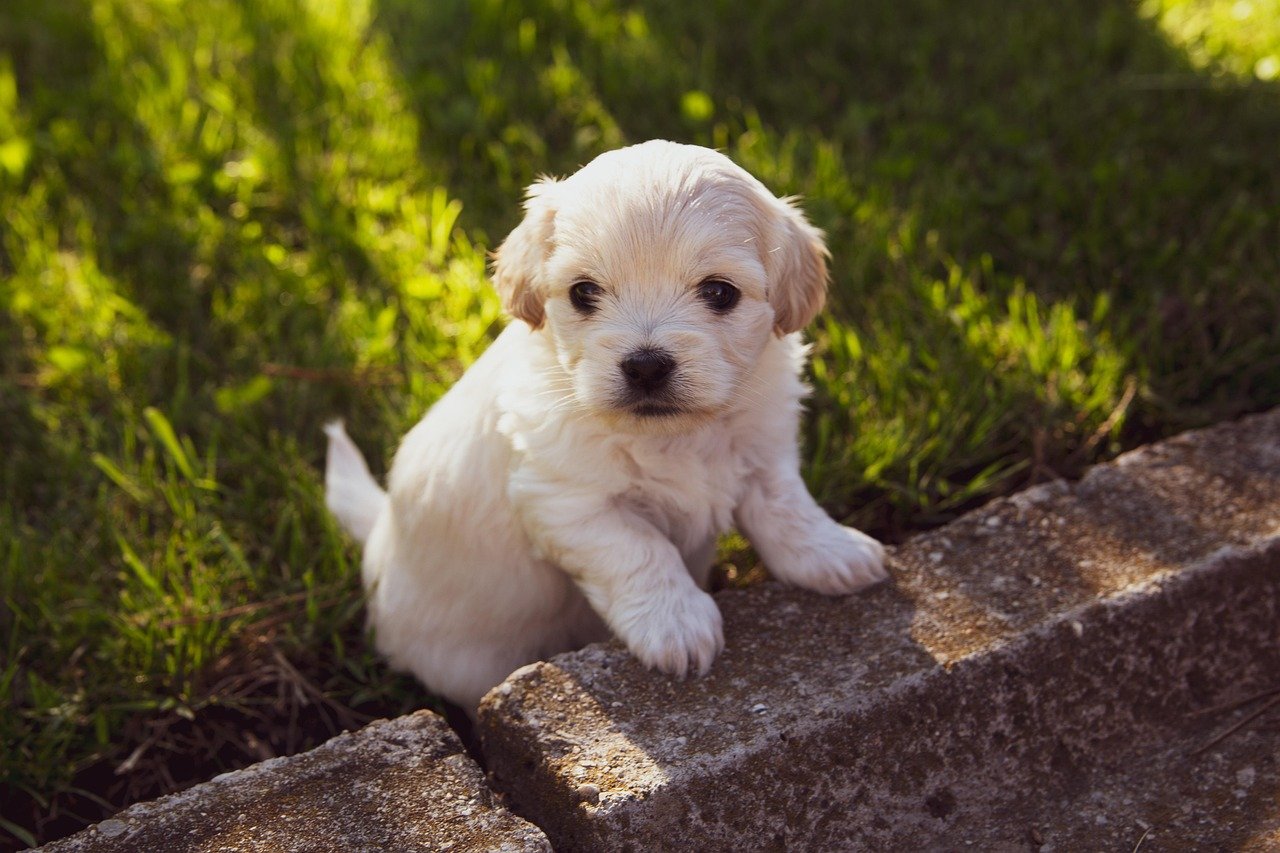
You know the look: wide, glistening eyes, eyebrows raised, and that soulful stare straight into your soul. Dogs have evolved this expression to communicate with humans, and it’s nearly impossible to resist. Their eyes literally change shape, becoming rounder and softer, triggering our instinct to nurture and comfort.
Behaviorists believe this is their way of saying, “I’m sorry, please don’t be mad.” If you notice your pup doing this, it’s a sign they’re hoping for a positive response. It’s important to respond warmly, as harsh reactions might frighten them or break their trust.
Submissive Belly Show
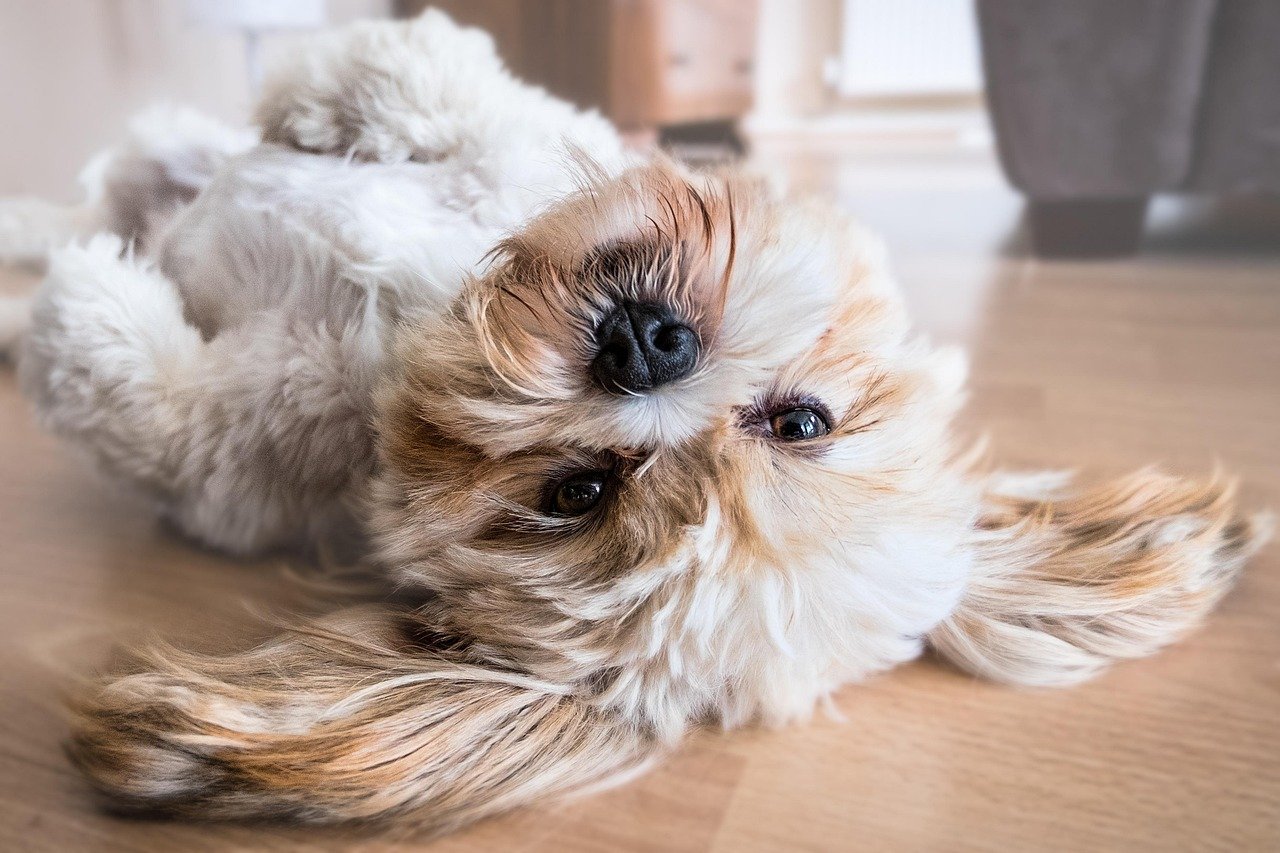
When your dog rolls onto their back and shows you their belly, it’s a classic sign of submission and trust. They’re making themselves vulnerable, essentially saying, “I know I messed up, but I trust you not to hurt me.” This move is often accompanied by a wagging tail or soft whimpers.
If your dog does this, resist the urge to scold. Gently rubbing their belly can reassure them and help diffuse any lingering tension. Remember, this posture is about making peace, not just asking for tummy rubs—though that’s definitely a bonus!
Slow, Apologetic Tail Wagging
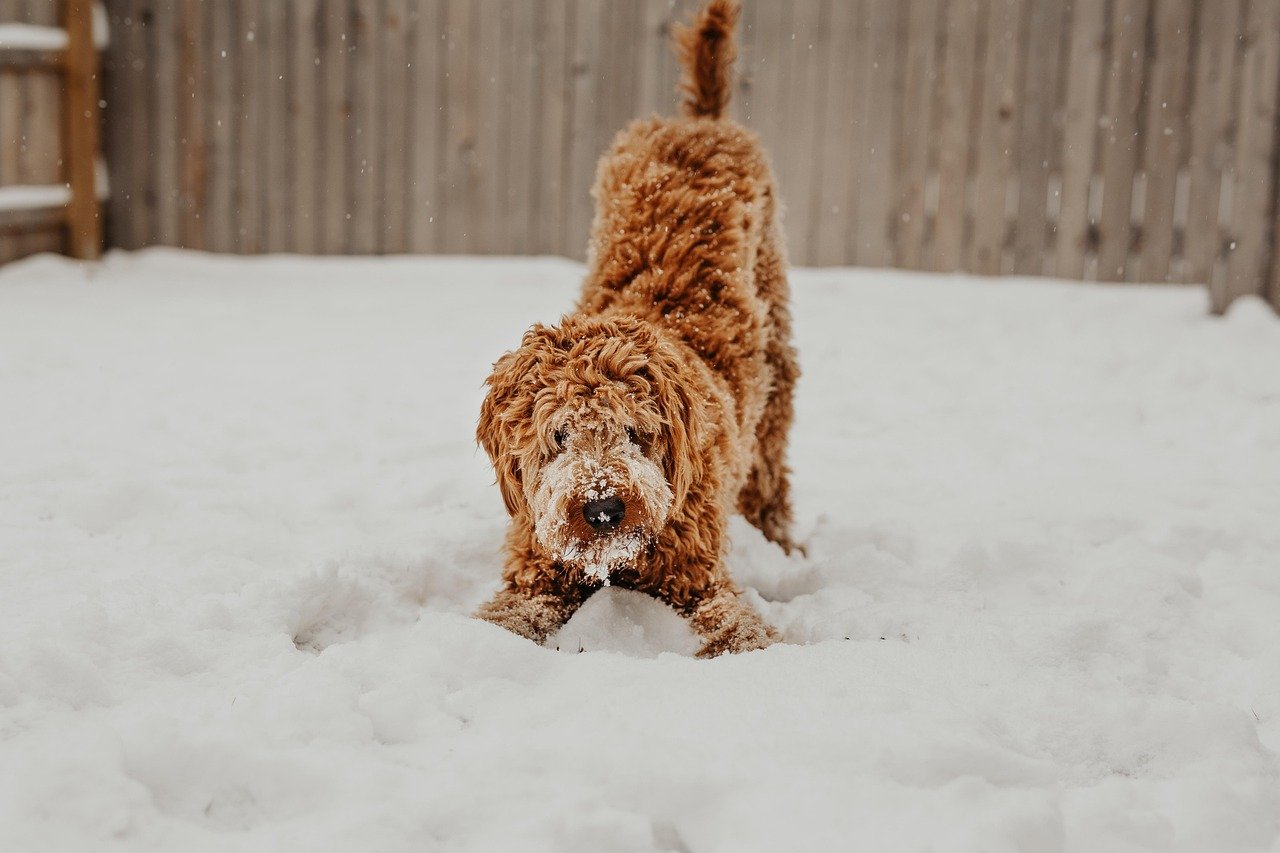
Not all tail wags are created equal. When dogs feel guilty or want forgiveness, their tails often wag slowly and low, sometimes between their legs. This isn’t the happy, helicopter-style wag; it’s more tentative, as if they’re testing the waters.
Watch for this gentle tail movement after a mishap. It’s their way of checking if you’re still upset. Responding with calm words or a soft touch can quickly reassure your pup and help them recover from their guilt.
Leaning Gently Against You
Dogs crave physical closeness when they’re seeking comfort or forgiveness. If your dog slowly leans into you or gently presses their body against your legs, they’re asking for reassurance. It’s their way of saying, “We’re still a team, right?”
This behavior is especially common in sensitive breeds or dogs who are naturally in tune with your moods. Take a moment to acknowledge their presence with a gentle pat or soothing words—they’ll feel your acceptance and quickly bounce back.
Offering a Paw as a Peace Treaty
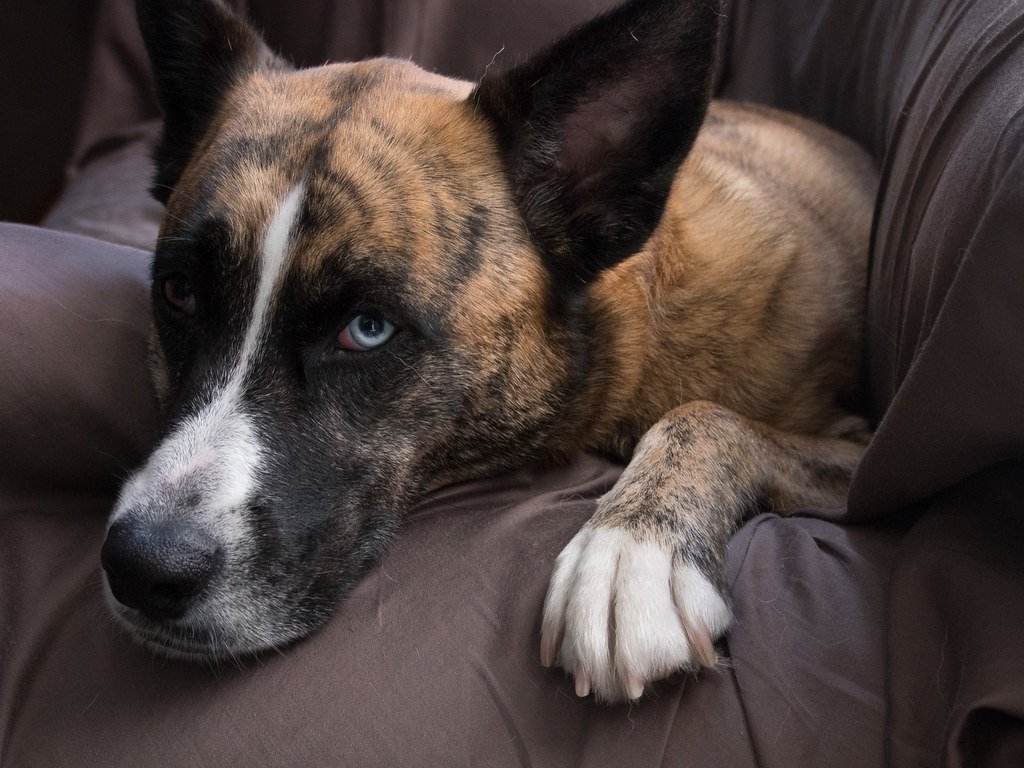
When a dog lifts their paw and places it on your lap or hand, it’s like an olive branch in the canine world. This gesture is both adorable and meaningful, signaling their desire to reconnect. Some dogs even combine this with a tilted head or soft whine for extra effect.
If your pup offers you their paw, accept it like the peace offering it is. Hold it gently, give them a smile, and let them know all is forgiven. This simple act can go a long way toward rebuilding trust after a minor mishap.
Bringing Their Favorite Toy
Ever notice your dog presenting you with their cherished squeaky toy after they’ve done something naughty? This isn’t just playfulness—it’s an apology. By sharing what matters most to them, dogs are making a gesture of goodwill.
Encourage this positive behavior by engaging in a brief play session. It helps redirect their energy, eases their anxiety, and reinforces the idea that you’re still friends, even after a little trouble.
Guilty Head Tilt
That classic head tilt—ear perked, eyes searching your face—often appears when dogs are unsure how you’re feeling. It’s both a question and an apology, as if they’re saying, “Are you still upset with me?”
When you see this, soften your tone and offer reassurance. A gentle “It’s okay” can work wonders. This moment of connection helps your dog understand your emotions and strengthens your bond.
Following You Around Closely
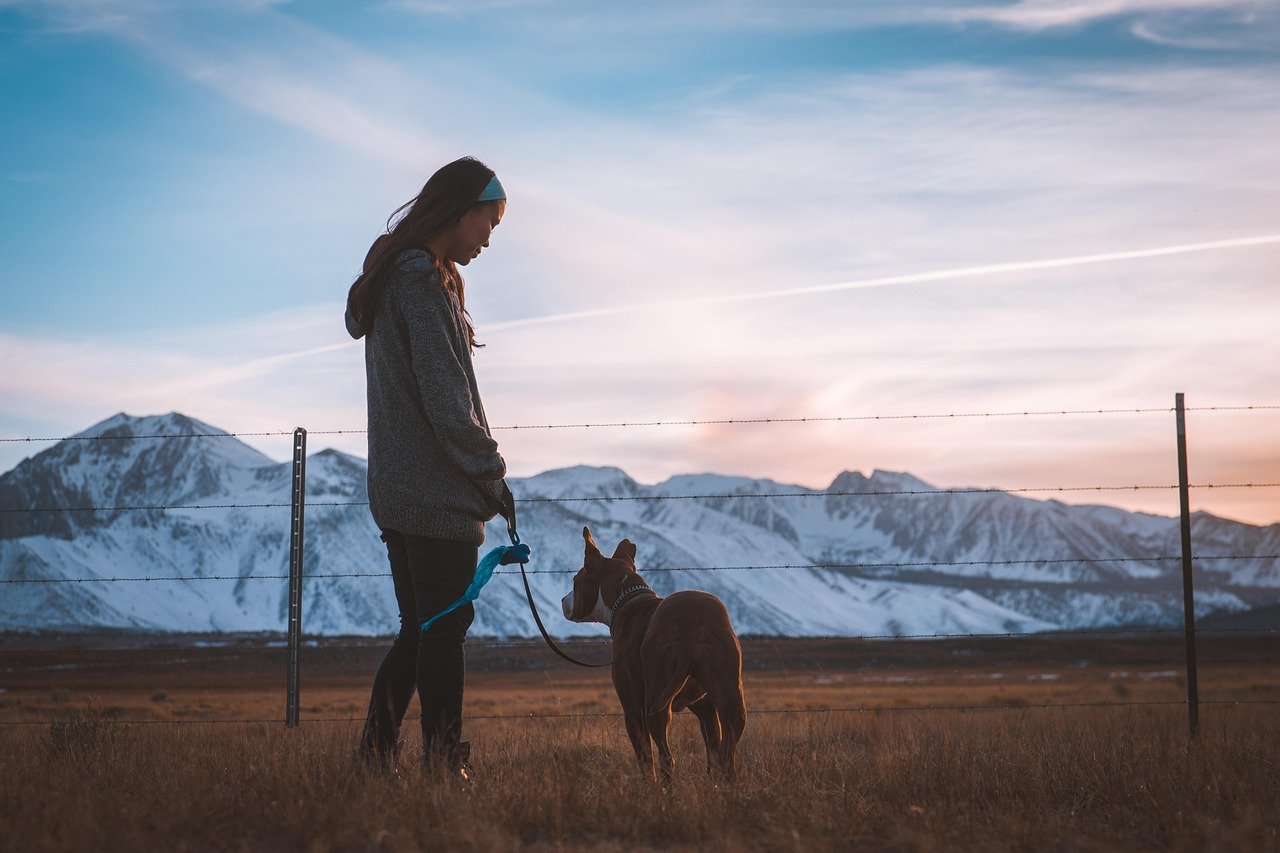
After a slip-up, some dogs become little shadows, sticking by your side wherever you go. This clinginess is their way of asking for reassurance and hoping to make amends. They might hover near your feet or poke their nose into your hand.
If your dog suddenly becomes extra attached after a mistake, it’s a sign they care deeply about your approval. Take a few moments to give them attention and affection—your forgiveness means the world to them.
Gentle Licking or Nuzzling
Licking is a natural way for dogs to comfort and connect with those they love. After getting in trouble, many dogs will offer gentle licks on your hand or face, almost like a kiss. Nuzzling their head into your lap is another heartfelt apology.
Accept these gestures as the loving communication they are. If licking gets excessive, gently redirect, but always recognize their intent—it’s all about making things right between you.
Showing Signs of Sadness or Withdrawal
Sometimes, instead of seeking you out, a dog might retreat and appear sad—ears down, tail tucked, avoiding eye contact. This withdrawal is often a sign they sense your disappointment and don’t know how to fix it.
If your dog seems down after a mistake, offer gentle encouragement to come closer. Avoid punishment; instead, use a soft voice and open body language. Your kindness will help them regain confidence and restore your special connection.

Linnea is a born and bred Swede but spends as much time as possible in Cape Town, South Africa. This is mainly due to Cape Town’s extraordinary scenery, wildlife, and atmosphere (in other words, because Cape Town is heaven on earth.) That being said, Sweden’s majestic forests forever hold a special place in her heart. Linnea spends as much time as she can close to the ocean collecting sea shells or in the park admiring puppies.





